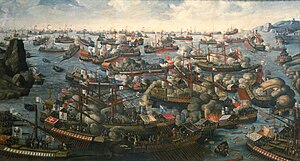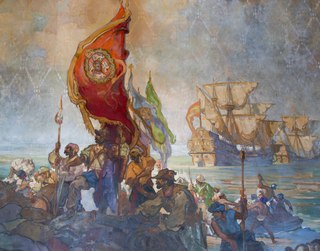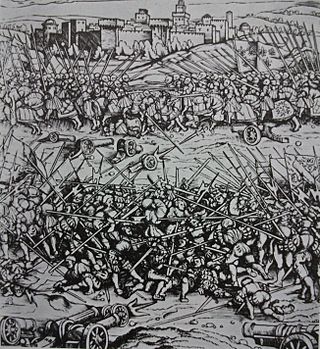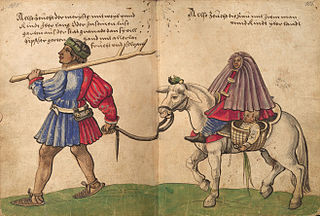| Millennium: | 2nd millennium |
|---|---|
| Centuries: | |
| Decades: | |
| Years: |

| 1571 by topic |
|---|
| Arts and science |
| Leaders |
| Birth and death categories |
| Births – Deaths |
| Establishments and disestablishments categories |
| Establishments – Disestablishments |
| Works category |
| Gregorian calendar | 1571 MDLXXI |
| Ab urbe condita | 2324 |
| Armenian calendar | 1020 ԹՎ ՌԻ |
| Assyrian calendar | 6321 |
| Balinese saka calendar | 1492–1493 |
| Bengali calendar | 978 |
| Berber calendar | 2521 |
| English Regnal year | 13 Eliz. 1 – 14 Eliz. 1 |
| Buddhist calendar | 2115 |
| Burmese calendar | 933 |
| Byzantine calendar | 7079–7080 |
| Chinese calendar | 庚午年 (Metal Horse) 4268 or 4061 — to — 辛未年 (Metal Goat) 4269 or 4062 |
| Coptic calendar | 1287–1288 |
| Discordian calendar | 2737 |
| Ethiopian calendar | 1563–1564 |
| Hebrew calendar | 5331–5332 |
| Hindu calendars | |
| - Vikram Samvat | 1627–1628 |
| - Shaka Samvat | 1492–1493 |
| - Kali Yuga | 4671–4672 |
| Holocene calendar | 11571 |
| Igbo calendar | 571–572 |
| Iranian calendar | 949–950 |
| Islamic calendar | 978–979 |
| Japanese calendar | Genki 2 (元亀2年) |
| Javanese calendar | 1490–1491 |
| Julian calendar | 1571 MDLXXI |
| Korean calendar | 3904 |
| Minguo calendar | 341 before ROC 民前341年 |
| Nanakshahi calendar | 103 |
| Thai solar calendar | 2113–2114 |
| Tibetan calendar | 阳金马年 (male Iron-Horse) 1697 or 1316 or 544 — to — 阴金羊年 (female Iron-Goat) 1698 or 1317 or 545 |
Year 1571 ( MDLXXI ) was a common year starting on Monday (link will display the full calendar) of the Julian calendar.















